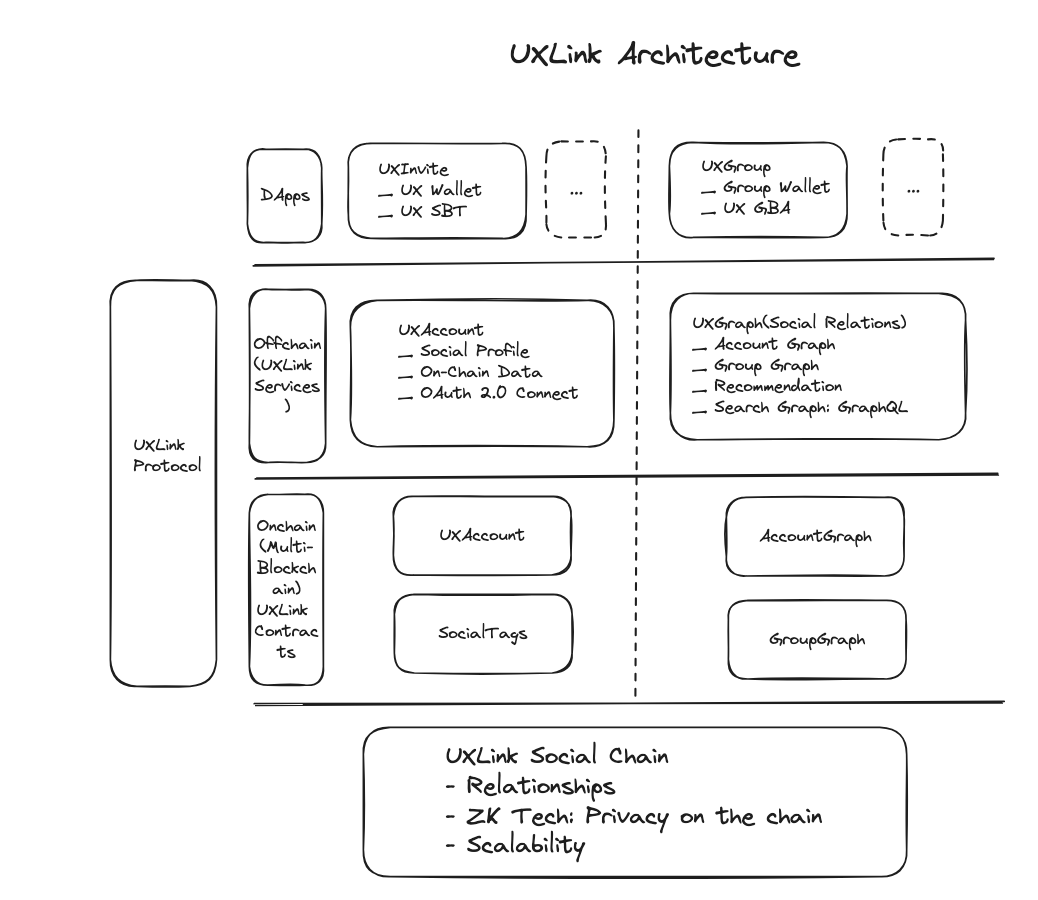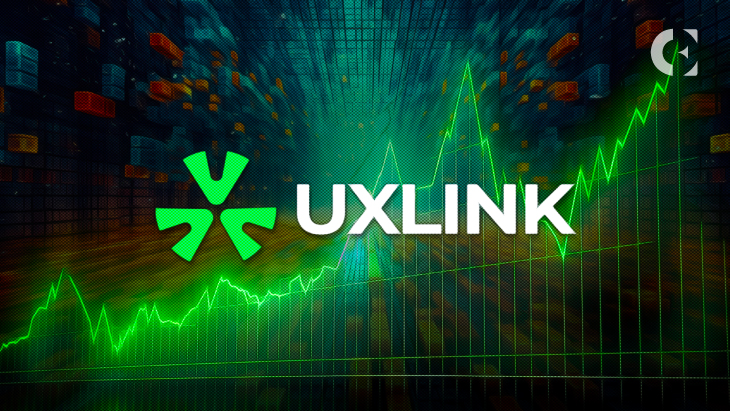In the ever-evolving landscape of the digital era, social networking remains a pivotal element, especially within the realm of Web 2.0. With over 4.8 billion users engaging on Web2 social media platforms, the shift towards Web3, currently accounting for less than 1% of users, signifies an inevitable transition. Recognizing the potential user overlap between these platforms, the future sees a promising migration of Web2 users to Web3. However, the absence of a large-scale user-centric social application within Web3 poses the question – when will the social era of Web3 truly emerge?
Addressing this question requires tackling two fundamental issues head-on.
Firstly, the technological infrastructure necessary to support mass adoption in Web3 is still in its developmental stages. Various emerging projects are striving to enhance low-cost, high-TPS, and high-availability technical infrastructure through innovative solutions. UXLINK approaches this challenge by offering a unique solution that integrates both on-chain and off-chain interactions.
Secondly, a critical aspect of the Web3 social network revolves around the ability to connect with familiar faces. The presence of real-world social connections is imperative for the exponential growth of Web3 social applications, mirroring the success of its Web2 predecessors. UXLINK leads the way by proposing a method to bridge real-world social networks with blockchain technology, providing open social relationship calculations and recommendation services as foundational elements for Web3 social applications.
The comprehensive architecture of the UXLINK “Real World Social” system is structured across three key layers:
- UXLINK Basic Application Layer: Offers essential product services like growth fission and group functionalities for ecosystem applications. This layer leverages MPC-TSS (Multi-party Computation, Threshold Signature Scheme) wallet account services and group-based EOA account services.
- UXLINK Protocol Service Layer: Provides Web3 developers with efficient tools to manage user social identity and relationship data services through APIs tailored for on-chain and off-chain systems.
- UXLink Infrastructure Layer: Features a hybrid scalable architecture (EVM + IPFS + Clouds), encompassing EVM chains such as Ethereum Mainnet, Arbitrum L2 Chain, BNB Chain, Polygon, and Base Chain, along with decentralized storage and centralized data indexing services.

Key Features of UXLINK Protocol based on Real-World Social Relationship Protocol:
- Fosters real-world social relationships.
- Supports peer-to-peer and group-based social networking.
- Facilitates EVM multi-chain services.
By amalgamating off-chain social identity information, on-chain asset data, and decentralized storage protocol data, UXLINK constructs intricate social relationship networks for users. This approach empowers Web3 developers to concentrate on enhancing services and content creation without the burden of constructing user social networks from scratch.
For more information about UXLink and its services, please visit UXLINK Website.
Web: https://uxlink.io/
Twitter: https://twitter.com/UXLINKofficial
Telegram: https://t.me/uxlinkofficial2
Odyssey: https://dapp.uxlink.io/quest
Contact Information:
UXLINK
Eric Zeth
[email protected]
Disclaimer: The information presented in this article is part of a sponsored/press release/paid content, intended solely for promotional purposes. Readers are advised to exercise caution and conduct their own research before taking any action related to the content on this page or the company. Coin Edition is not responsible for any losses or damages incurred as a result of or in connection with the utilization of content, products, or services mentioned.







